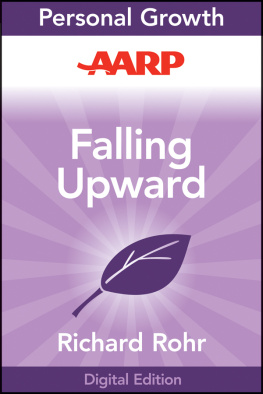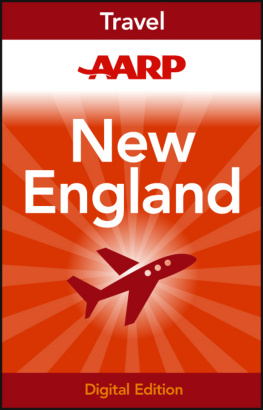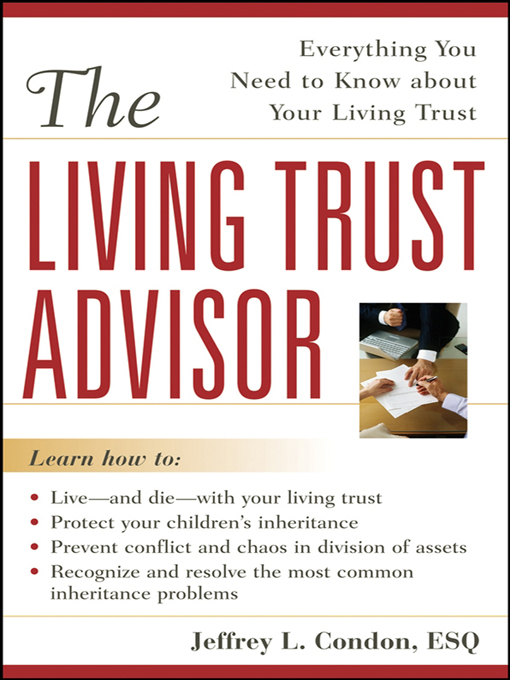Maybe youre thinking its time to review your investment strategy and make the most of the money you have today. Maybe youve already built a financially successful retirement egg and want to protect what youve built. Or maybe you need to bulk up your earnings to ensure your familys future.
Welcome to money for grown-ups. Where do you turn for credible information?
Dedicated to helping you protect your assets, stretch your dollars, and bolster your longterm security, AARP can offer you powerful solutions. Whatever your strategy for managing money, weve got suggestions that will help from saving money on that next big purchase to planning your charitable giving. If youre taking your job to the next level or building up a second career, weve got strategies that will help you make your mark.
You may think your money or your financial advisor should be working harder for you. You may be watching market trends and seeing new opportunities. And, of course, you want to protect yourself and your loved ones from scams and data breaches. We can give you the support you need.
And turn to us for fun, too. (Is it time for that car, that trip, that weekend home youve always wanted?) Because that, too, is what this time of your life is about.

AARP is a nonprofit, nonpartisan membership organization that helps people
50 and older improve their lives. For more than 50 years, AARP has been serving
our members and society by creating positive social change. AARPs mission
is to enhance the quality of life for all as we age; lead positive social change;
and deliver value to members through information, service and advocacy. This
information in this book is for educational purposes and does not constitute
financial advice.
Table of Contents
For my father, Gerald
I miss you, Pop
Pregame Warm-Up OR READ THIS BEFORE YOU READ THIS BOOK
If this book is in your hands, you are probably thinking about putting together a Living Trust, which is the primary tool in the United States for the transfer of your assets after the deaths of both you and your spouse to your children, grandchildren, or other heirs. Or perhaps you already have your Living Trust, which has collected dust on your bookshelf or in your safe-deposit box, and you somehow have been prompted into revisiting it.
For a combined 62 years, my father, teacher, and mentor, Gerald Condon, and I set up thousands of Living Trusts for our clients. After all those years of advising clients on their inheritance instructions, I am left with this one conclusion: You really dont know much about the Living Trust... or how it works... or what it should say or do... even if you have one!
Actually, perhaps that assessment is too broad to be of practical use. I do tend to speak in sweeping generalizations. Let me be more specific by lumping you into one of four categories of Living Trust clients.
1. You do not have a Living Trust, and you dont really know much about the Living Trust other than it is some kind of inheritance document.
2. You already have a Living Trust, but you have no real or meaningful understanding of what it is or how it works beyond the basic function of transferring your assets to your children after your death without probate. In other words, you just signed it where your attorney told you to sign, threw it into your car, and have not thought about it since.
3. You have a Living Trust and you initially made a real and earnest effort to decipher its form and function. But many years have passed since you established it, and all you really recall is (1) you have a Living Trust and (2) it contains your inheritance instructions.
4. You have a Living Trust, and you refused to sign it until your lawyer explained every single paragraph and provision to your satisfaction. If you are such a person, I say to you: Your kind is so rare that you qualify as an urban legend.
Whether you are a Living Trust rookie or veteran, welcome to the Living Trust Advisor, and congratulations on dealing with the often unpleasant task of facing your mortality!
The Big GameLiving and Dying with Your Living Trust
The purpose of this book is quite simple. I want you to think of me as your Living Trust coach. Like any coach, I want to train you so you will be ready to play the Big Game, which, in this case, is living with your Living Trust with no financial, emotional, or practical upheaval in your life, and dying with a Living Trust that will adequately and effectively provide for your spouse, children, charities, and other heirs and beneficiaries with a minimum of conflict, diversion, tax, and expense.
Like any football or basketball game, this Big Game takes place in a special arena... the Inheritance Arena. The players are you, your spouse, your Living Trust lawyer, your assets, your children, your other beneficiaries, and, perhaps, the Internal Revenue Service (IRS). And like any game, there is a warm-up period (which is where you are right now)four quarters of play, and a cool-down period. Think of
TheLiving Trust Advisor as your playbook that describes how to play the Big Game during those different periods, which are:
The First Quarter: Establishing Your Living Trust.
The Second Quarter: Living with Your Living Trust during the Lifetimes of You and Your Spouse.
The Third Quarter: Living with Your Living Trust after the Death of Your Spouse.
The Fourth Quarter: Dying with Your Living Trust.
Postgame: Review and Lessons Learned.
The Big Game begins the moment the concept of doing your Living Trust pops in your mind. That is when the whistle blows to start play. It ends when both you and your spouse have died and your Living Trust assets are in the hands of your children or other beneficiaries.
Between the beginning and end of the Big Game, though, there is a lot that happens.
There is the selection of the Living Trust lawyer.
There is the understanding of the nuts and bolts of the Living Trust document.
There is the allocation of the assetsreal estate, stocks, bank accounts, brokerage assets, businesses, personal effectsto the Living Trust.
There is the operation and management of the Living Trust during the lifetimes of both you and your spouse.
There is dealing with your Living Trust real estate when you sell or refinance that property.
There is the selection of key playersthe managers, agents, and protectorsupon which depends the success or failure of your Living Trust and your inheritance instructions.
There is the operation and management of the Living Trust when the first spouse dies (the deceased spouse).
There is the protection of the surviving spouses ownership and control of the Living Trust assets during that spouses incapacity or incompetence.
There is the operation and management of the Living Trust when the last spouse (the surviving spouse) dies.







